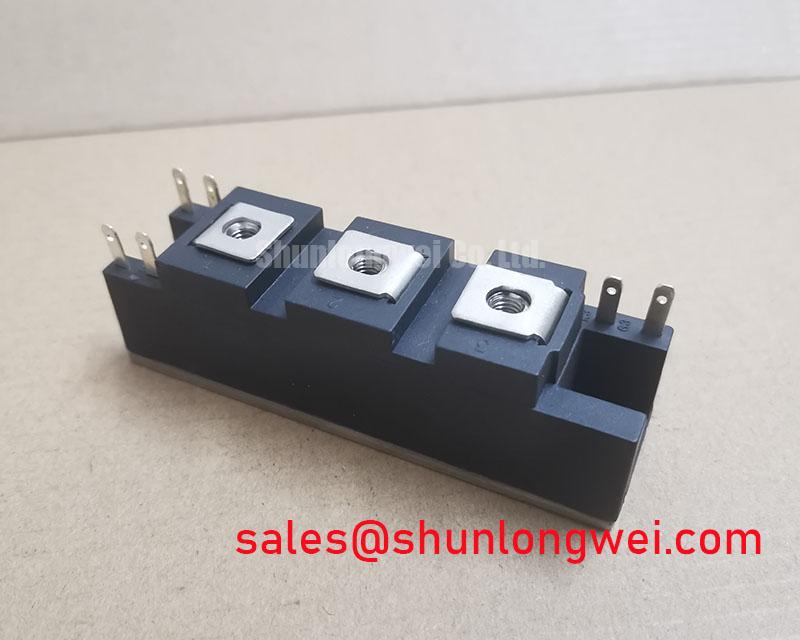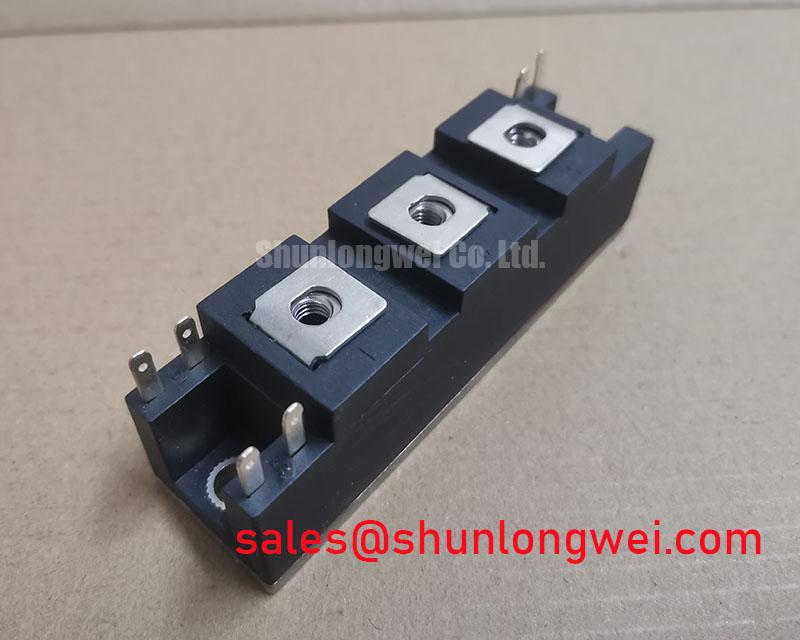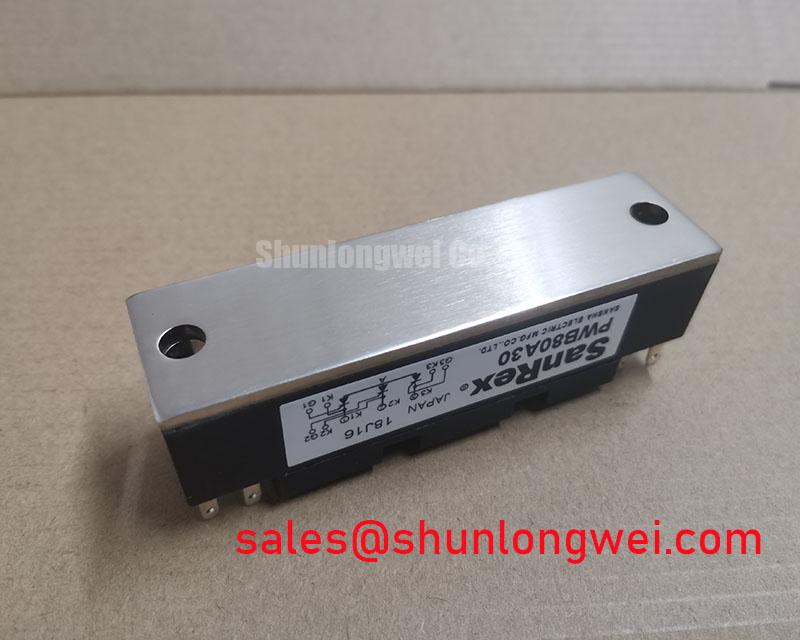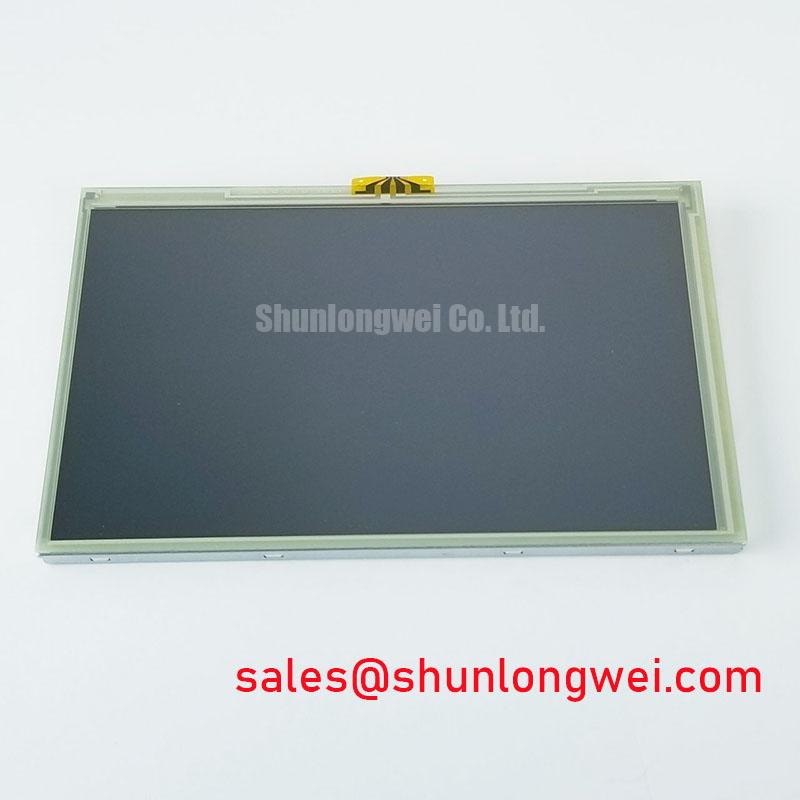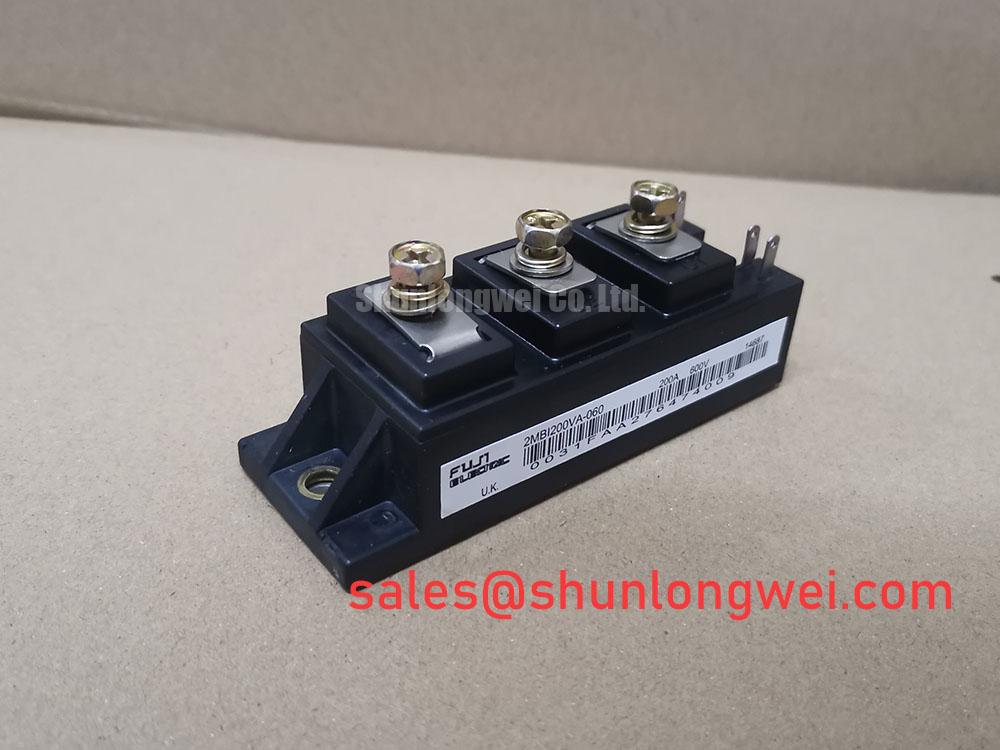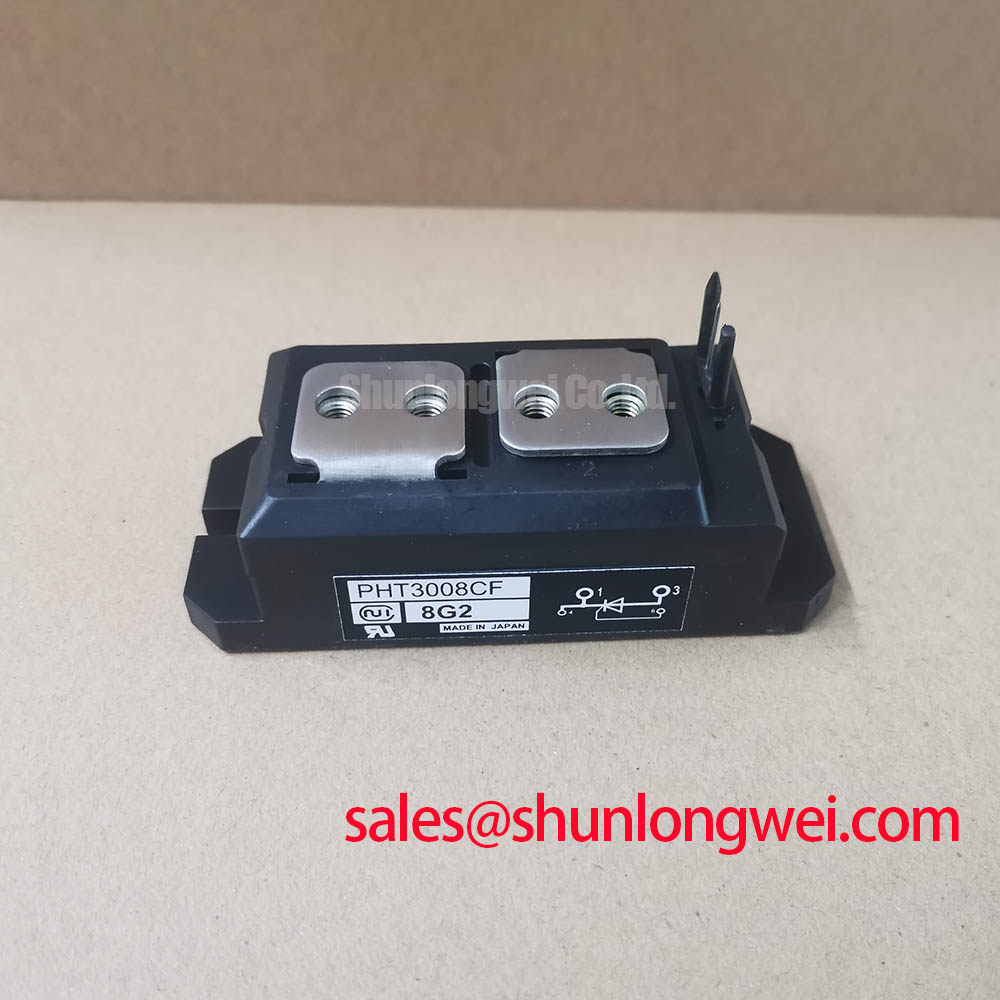PWB80A30 Rectifier: Reliable 80A 300V Bridge for Industrials
A Foundation of Dependability for Industrial Power Conversion
In a busy machine shop, the abrupt halt of a conveyor belt or a CNC machine due to a power supply failure means immediate productivity loss. The root cause is often a breakdown in the very first stage of power conversion—the rectifier. The Sanrex PWB80A30 is a three-phase bridge rectifier module designed to prevent such disruptions. It provides a robust, integrated foundation for converting 200-240V class AC mains into the stable DC required by variable frequency drives and switched-mode power supplies. By consolidating six diodes into a single, thermally efficient package, it inherently simplifies assembly and enhances system reliability over discrete solutions, directly addressing engineers' need for both performance and manufacturability.
Deployment Scenarios for Dependable Rectification
The PWB80A30 is specifically engineered for high-current applications where the input voltage does not exceed its 300V rating. This focus makes it a cost-effective and correctly specified choice for a range of industrial equipment powered by 200V to 240V AC lines.
- Small to Medium Variable Frequency Drives (VFDs): Serves as the essential front-end rectifier, providing the main DC bus voltage for motor control in applications like conveyor systems, pumps, and fans.
- Industrial Power Supplies: Forms the core of AC-DC conversion in general-purpose switched-mode power supplies (SMPS) and DC power sources.
- Welding Equipment: Delivers the high-current DC needed for the power stages of welding machines, where consistent performance under load is critical.
- Battery Charging Systems: Functions as a dependable and straightforward rectifier for industrial battery chargers.
Core Specifications for System Integration
The design of the Sanrex PWB80A30 prioritizes a blend of current capacity and operational robustness. The following parameters are central to its integration in any power system. For a complete list of specifications, please Download the Datasheet.
| Parameter | Value |
|---|---|
| Repetitive Peak Reverse Voltage (V_RRM) | 300 V |
| Average Output Current (I_O) | 80 A (with heatsink) |
| Forward Voltage Drop (V_F) | 1.2 V (max) |
| Peak Reverse Current (I_RRM) | 10 mA (max) |
| Thermal Resistance (Rth(j-c)) | 0.3 °C/W (per chip) |
Interpreting the Key Values
The Repetitive Peak Reverse Voltage (V_RRM) of 300V provides a necessary safety margin for systems operating on a 240V AC line, protecting the diodes from transient voltage spikes. The Peak Reverse Current (I_RRM) of 10mA, a result of the glass passivated die construction, indicates excellent insulation when the diode is reverse-biased, minimizing leakage and improving both efficiency and long-term stability. Finally, the Thermal Resistance (Rth(j-c)) is a critical indicator of how effectively heat can be transferred from the diode junction to the case. Think of it as the width of a pipe for heat flow; a lower value means a wider pipe, allowing heat to escape more easily and keeping the component within its safe operating temperature. For more insights on this topic, see our guide on why thermal resistance matters.
The Strategic Value of Robust Front-End Design
In today's competitive industrial landscape, minimizing total cost of ownership (TCO) is as important as initial system performance. Component selection plays a pivotal role. Choosing a pre-integrated module like the PWB80A30 over six individual discrete diodes is a strategic decision. It reduces the bill of materials (BOM), shrinks the required PCB space, and drastically cuts down on assembly time and complexity. This simplification translates to lower manufacturing costs and fewer potential points of failure from soldering or mounting errors. The long-term stability afforded by its glass-passivated structure means less maintenance, fewer field failures, and greater system uptime, contributing directly to a lower TCO over the equipment's entire lifecycle.
An Engineering Breakdown of the PWB80A30
The reliability of the Sanrex PWB80A30 stems from its internal construction. The use of glass passivated diode chips is a key differentiator. Passivation involves applying a thin layer of glass over the silicon junction, which acts as a shield against contaminants and electrical field stress. This process is like applying a protective coating to a camera lens; it prevents degradation over time, ensuring the component's blocking voltage and leakage current characteristics remain stable throughout its operational life. Furthermore, the module's design, which places all six diodes on a single, electrically isolated baseplate, creates a unified thermal interface. This simplifies heatsink selection and mounting, ensuring more consistent and effective heat dissipation compared to managing the thermal performance of six separate components scattered across a circuit board. This unified thermal path is critical for preventing device failures, a topic explored in our article on IGBT failure analysis.
Implementation Snapshot: Powering a Conveyor System Drive
A mid-sized logistics center was developing a new series of conveyor belt motor drives requiring a compact and reliable power stage. Their initial design used discrete diodes for the front-end rectifier, which created challenges in assembly and thermal balancing. By substituting the discrete components with a single PWB80A30 module, the engineering team achieved a 40% reduction in the rectifier stage's footprint. The single-point mounting for the heatsink simplified the mechanical design and resulted in a 15% lower average operating temperature under full load, enhancing the system's projected lifespan and reliability.
Guidance for Component Selection: PWB80A30 in Context
The primary decision point for an engineer is often between a fully integrated module and a set of discrete components. The PWB80A30 provides a clear advantage when manufacturing efficiency and thermal simplification are priorities. Compared to using six individual diodes, this module eliminates multiple procurement and assembly steps. While the PWB80A30 is ideal for 200-240V systems, applications on 380V, 480V, or higher industrial lines would require a module with a higher voltage rating, such as the SKKD162/16, which offers a 1600V blocking capability. For designs demanding even greater integration, including gate drivers and protection circuits, an Intelligent Power Module (IPM) like the 6MBP25VAA120-50 would be the next logical step. The PWB80A30 occupies the sweet spot for durable, no-frills AC-DC rectification in its specific voltage class.
A Strategic Choice for Long-Term System Integrity
Ultimately, selecting the PWB80A30 is more than a tactical component choice; it's a strategic investment in the long-term reliability and manufacturability of your power system. By providing a dependable, thermally manageable, and easy-to-integrate rectification stage, it allows engineering teams to focus on higher-level system design, confident in the robustness of their power foundation. This focus on foundational quality ensures that the final product not only performs to specification but also endures the rigors of industrial operation, safeguarding against costly downtime and reinforcing your reputation for quality.


